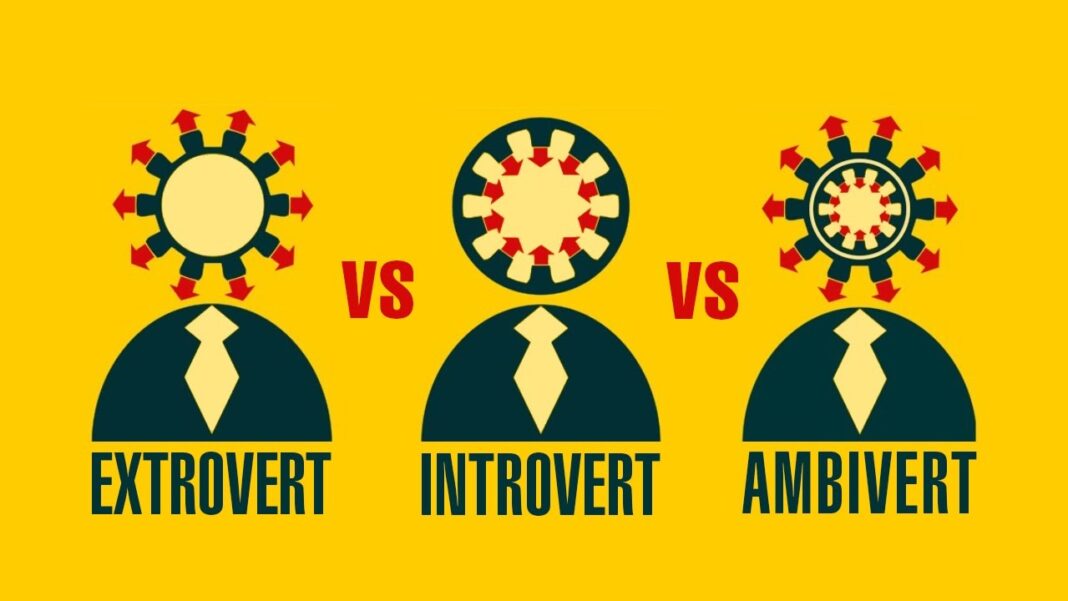Table of contents
Personality is a unique aspect of an individual that influences their thoughts, emotions and behaviors. There are various theories of personality that help explain how different people perceive the world around them and react to various stimuli. Among the most widely recognized and researched personality traits are introversion and extroversion, with a third category, ambiversion, also gaining recognition. In this article, we will discuss these three personality traits in detail, exploring their definitions, differences, and characteristics, as well as the implications they have for one’s daily life and relationships.
What is Introversion?
Introversion is a personality trait characterized by being inward-looking and reserved, with a focus on internal thoughts and feelings, rather than on external stimulation. Introverts are typically more introspective, and prefer to spend time alone or with a small group of close friends, as opposed to being in large social gatherings.
What is Extroversion?
On the other hand, extroversion is a personality trait characterized by being outgoing, expressive and sociable. Extroverts tend to seek out external stimulation, such as being around people and engaging in social activities. They are typically more talkative, energetic and enjoy being the center of attention.
What is Ambiversion?
Ambiversion is a term used to describe individuals who exhibit traits of both introversion and extroversion. Ambiverts are often described as being flexible and adaptable in their social behavior, as they can be introspective and reserved in some situations, while being outgoing and expressive in others.
Differences and Characteristics of Introversion, Extroversion and Ambiversion
One of the key differences between introversion and extroversion is the source of energy for each personality trait. Introverts draw energy from being alone or in quiet, low-stimulation environments, whereas extroverts draw energy from being around others and in high-stimulation environments. This difference in energy sources can have significant implications for an individual’s lifestyle, career choices, and relationships.
Another important difference is the way in which each personality type perceives and processes information. Introverts tend to process information more deeply and are more reflective in their thinking, while extroverts tend to process information more quickly and superficially. Ambiverts are often seen as being able to balance these two modes of processing, being able to think deeply and reflectively in some situations, and quickly and superficially in others.
Implications for Daily Life and Relationships
The personality traits of introversion, extroversion and ambiversion can have significant implications for one’s daily life and relationships. For example, introverts may struggle in environments that are highly stimulating or require a lot of social interaction, whereas extroverts may become bored or unsatisfied in low-stimulation environments. Understanding one’s own personality type can help individuals make career choices and develop relationships that are a better fit for their individual needs and preferences.
Conclusion
In conclusion, introversion, extroversion and ambiversion are important personality traits that influence an individual’s thoughts, emotions and behaviors. While there are differences between these personality types, it is important to remember that each individual is unique and can exhibit traits of all three personality types to varying degrees. By understanding our own personality type, we can make informed choices about our lifestyles and relationships that are in line with our individual needs and preferences.



 For all latest articles, follow on Google News
For all latest articles, follow on Google News
Hi bishleshon.com admin, Good to see your posts!